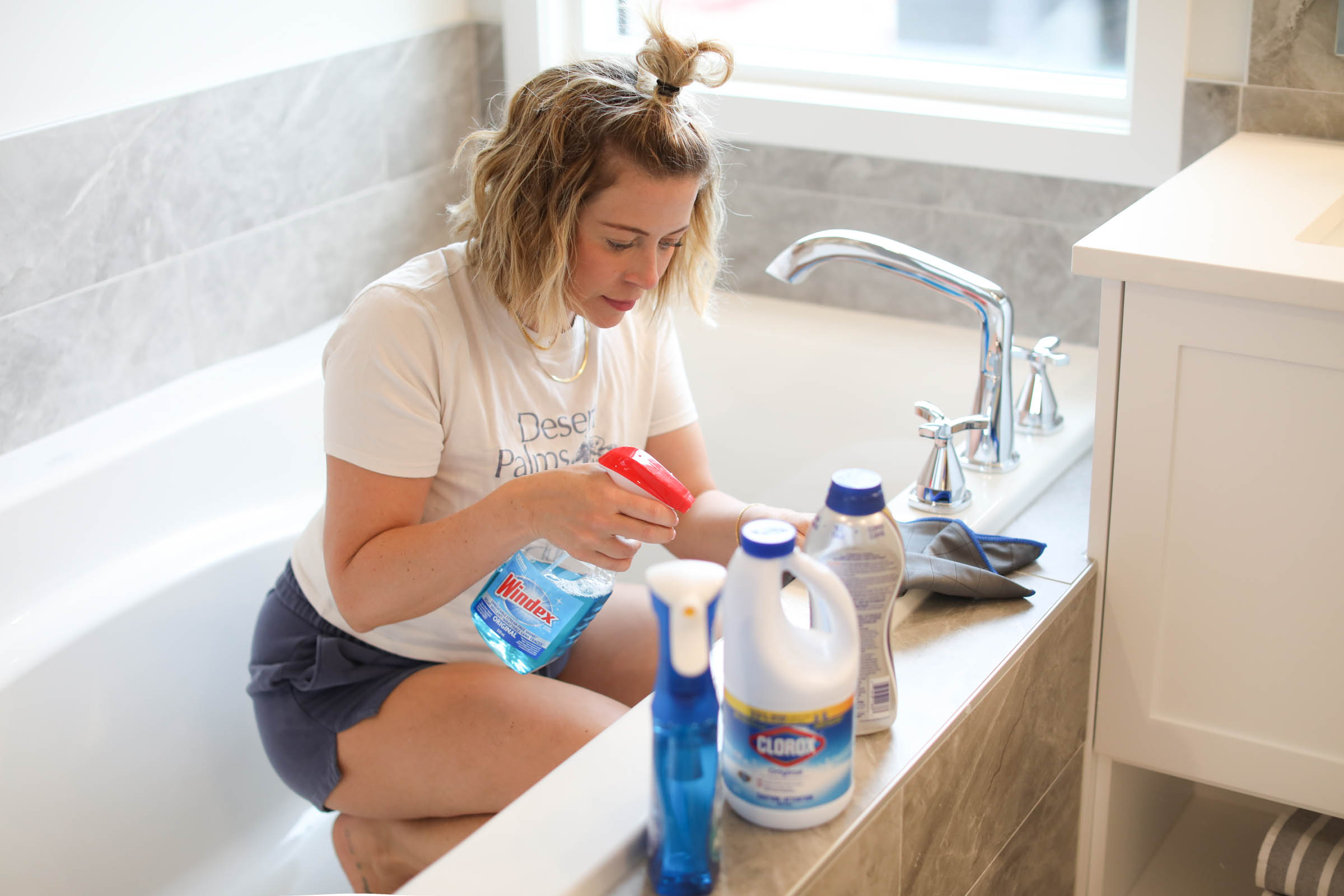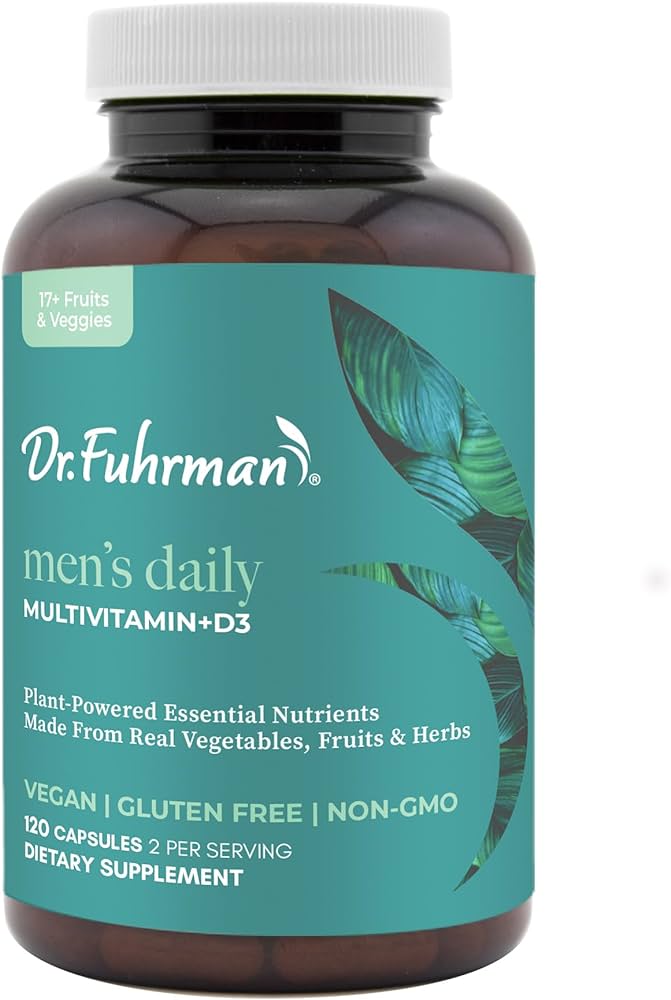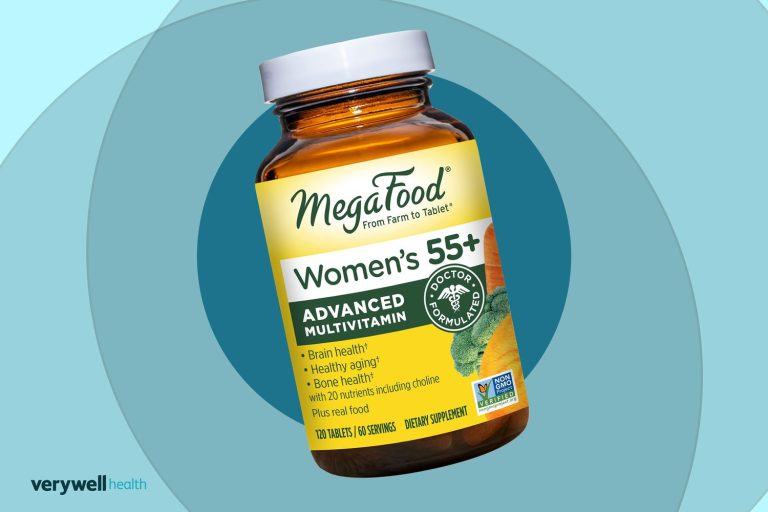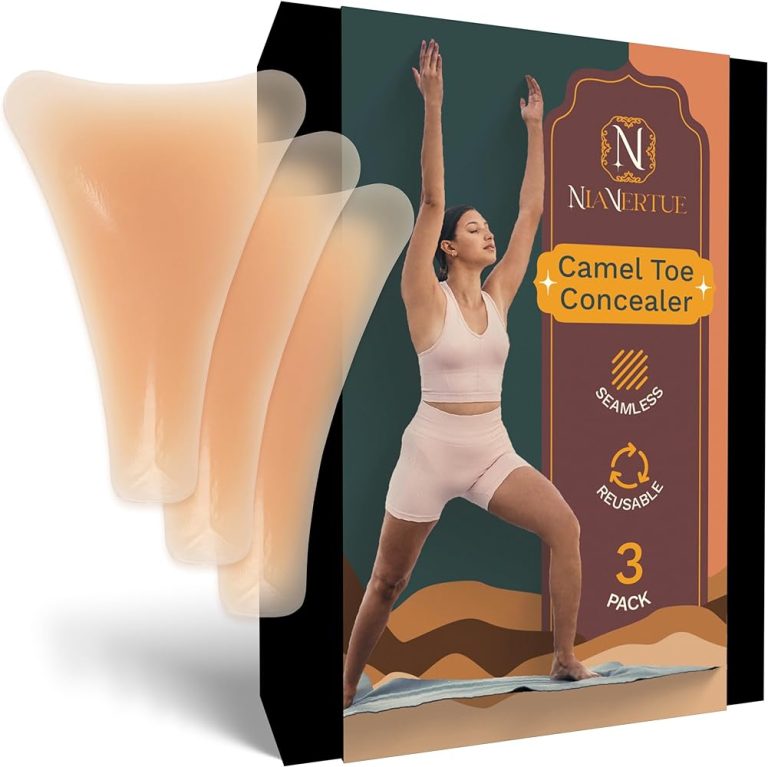9 Best Ways to Clean a Shower for a Sparkling, Hygienic Bathroom
Cleaning a shower might not be your favorite chore, but it’s essential for maintaining a sparkling and hygienic bathroom. Over time, soap scum, hard water stains, and mildew can build up, making your once-pristine shower look grimy and uninviting. The good news? With the right techniques and a little elbow grease, you can restore your shower to its former glory.
1. Regularly Rinse After Use
Why It Helps
Rinsing your shower after every use prevents soap scum and hard water stains from settling. This quick action ensures that dirt doesn’t have a chance to build up, making your deeper cleaning sessions less strenuous. By removing residues immediately, you also minimize the risk of mildew and mold growth.
Best Practices
Use a handheld showerhead to efficiently rinse down all surfaces. Make sure to target corners and seams where soap and grime often accumulate. For optimal results, use warm water as it helps dissolve shampoo and soap residues more effectively. Incorporate a squeegee after rinsing to remove excess water, reducing water spots and keeping your tiles and glass sparkling.
2. Choose the Right Cleaning Products
Selecting appropriate cleaning products can significantly impact the effectiveness of your shower cleaning routine.
Natural vs. Chemical Cleaners
Think about whether you’d prefer natural or chemical cleaners for your shower. Natural cleaners like vinegar and baking soda are eco-friendly and safe for your family. For instance, using a mix of vinegar and water can effectively dissolve soap scum. On the other hand, chemical cleaners often provide more powerful results, especially on tough stains. Products like bleach-based sprays are excellent for tackling mold and mildew, but they require proper ventilation and handling.
Recommended Products
Several products stand out when it comes to cleaning showers. For natural options, consider using Mrs. Meyer’s Clean Day Multi-Surface Cleaner, known for its gentle yet effective action. For chemical alternatives, try Scrubbing Bubbles Mega Shower Foamer, which tackles grime without much effort. If limescale is a concern, CLR Bath & Kitchen Cleaner works wonders. Always read and follow the instructions on these products to ensure safe and optimal use.
3. Tackle Soap Scum Effectively
Soap scum buildup can make your shower look dirty and uninviting. Follow these tips to effectively clean and prevent it.
Identifying Soap Scum
Identify soap scum by looking for a white or yellowish film on shower surfaces. It often appears on glass doors, tiles, and bathtubs. This residue can feel grimy and looks dull. Recognizing it early makes cleaning easier.
Techniques and Tools
Scrub surfaces with a mixture of equal parts white vinegar and water. This natural solution cuts through soap scum. Apply it with a spray bottle and let it sit for a few minutes before scrubbing with a non-scratch sponge.
Use a squeegee after each shower to remove soap and water residue. This prevents buildup and keeps surfaces looking clean.
Try a commercial soap scum remover for tough spots. Products like CLR Bath & Kitchen Cleaner are effective. Always follow the manufacturer’s instructions for the best results.
Incorporate these techniques and tools into your cleaning routine to keep your shower free from unsightly soap scum.
4. Address Mold and Mildew
Mold and mildew are common in showers due to the damp environment. Let’s explore how to tackle these pesky issues effectively.
Causes of Mold Growth
Excess Moisture: Mold thrives in damp environments, making your shower a perfect habitat.
Poor Ventilation: Limited airflow prevents moisture from evaporating, contributing to mold growth.
Soap Residue: Soap scum provides nutrients for mold, so regular cleaning is essential.
Mold Removal Solutions
Use Vinegar: Spray white vinegar onto the moldy areas. Let it sit for an hour, then scrub off with a brush.
Apply Baking Soda: Mix baking soda with water to form a paste. Apply it to the mold, let it sit for 30 minutes, then scrub away.
Try Commercial Cleaners: Products like Tilex Mold and Mildew Remover work well. Follow the instructions for best results.
Keep Dry: Use a squeegee to remove excess water after each shower. Ensure your shower is well-ventilated to prevent dampness.
5. Clean Shower Curtains and Doors
Keeping shower curtains and doors clean is crucial for maintaining a hygienic bathroom. It prevents mildew growth and soap scum buildup which can lead to unpleasant odors and unsightly stains.
Material Specific Tips
Plastic Curtains: Wash plastic curtains in your washing machine using warm water, mild detergent, and a few towels to help scrub the curtain. Set to a gentle cycle and hang to dry.
Fabric Curtains: Machine wash fabric curtains with a mild detergent. Add baking soda for extra cleaning power. Hang them back up to dry to avoid wrinkles.
Glass Doors: Use a mixture of equal parts white vinegar and water. Spray it on the glass surface, let it sit for 10 minutes, then wipe down with a microfiber cloth for a streak-free finish.
Metal Frames: Clean metal frames with a solution of water and dish soap. Avoid abrasive cleaners as they can scratch the surface. Use a soft cloth to scrub and rinse thoroughly.
Maintenance Routine
Weekly Cleaning: Wipe down shower doors and curtains weekly with a suitable cleaner. This prevents buildup and keeps them sparkling.
Monthly Deep Clean: Take down curtains and clean them monthly. For doors, use a commercial cleaner like Scrubbing Bubbles, focusing on the corners and edges where mold can form.
Dry After Use: Always dry your shower door and curtain after use. Use a squeegee or microfiber cloth to reduce moisture and prevent mold growth.
Regular Ventilation: Ensure your bathroom is well-ventilated. Use exhaust fans or open windows to lower humidity levels, which helps in keeping your shower clean longer.
Implement these methods and you’ll keep your shower curtains and doors looking pristine and fresh with minimal effort.
6. Unblock the Shower Drain
A clogged shower drain can cause water buildup and unpleasant odors. Here’s how to know if your drain is clogged and what to do about it.
Signs of a Clogged Drain
Slow Drainage: Water pools around your feet while showering.
Gurgling Sounds: Weird noises emitting from the drain.
Bad Odors: Foul smells wafting from the drain.
Methods to Clear Clogs
Use a Plunger: Place the plunger over the drain and pump vigorously.
Apply Baking Soda and Vinegar: Pour a cup of baking soda followed by a cup of vinegar, wait 15 minutes, and rinse with hot water.
Utilize a Drain Snake: Insert the snake into the drain to break and remove the clog.
Try Chemical Drain Cleaners: Use products like Drano, following the manufacturer’s instructions.
7. Scrub Tiles and Grout
Maintaining clean tiles and grout is critical for a spotless shower. With the right techniques, you can achieve a dirt-free bathroom.
Keeping Grout Mold-Free
Prevent mold growth on grout by using an anti-mold spray weekly. Spray a mixture of one part hydrogen peroxide to two parts water directly on the grout lines, then let it sit for a few minutes. Scrub with a brush and rinse thoroughly. Ensure your bathroom is well-ventilated to reduce humidity, as mold thrives in damp environments. For tough mold, apply a baking soda paste, scrub, and rinse.
Tile Cleaning Techniques
Use a pH-neutral cleaner to scrub tiles without damaging them. Spray the cleaner on the tile surface and let it sit for five minutes before scrubbing with a non-abrasive sponge. Follow up by rinsing with warm water to remove any leftover residue. For stubborn stains, create a paste with baking soda and water, apply it to the tiles, wait 10 minutes, then scrub and rinse. A microfiber cloth can dry tiles to prevent water spots.
8. Shine the Fixtures
Cleaning Different Materials
It’s crucial to clean your shower fixtures based on their material to avoid damage. For stainless steel, use a mix of dish soap and warm water to remove spots. Lemon juice works great for hard water stains on chrome fixtures. For brass, make a paste with baking soda and water, then gently scrub to avoid scratching. Always rinse and dry thoroughly to prevent water spots.
Polishing Tips
Polishing your fixtures keeps them gleaming and free from fingerprints. For stainless steel, use a few drops of olive oil on a soft cloth to buff in circular motions. Chrome fixtures shine with a little baby oil applied with a microfiber cloth. Brass benefits from a commercial brass polish; just follow the product instructions. Regular polishing helps maintain the fixtures’ appearance and protects against corrosion.
These steps ensure your fixtures remain the highlight of your shower, adding to the overall cleanness and aesthetics of your bathroom.
9. Maintain a Cleaning Schedule
Maintaining a cleaning schedule is key to keeping your shower spotless with minimal effort. By breaking tasks into daily, weekly, and monthly chores, you can tackle grime and mildew before they become major issues.
Daily, Weekly, and Monthly Tasks
- Daily Tasks: Quickly rinse the shower walls and floor with water after each use to wash away soap residue and prevent mold growth. Use a squeegee to remove excess water, reducing water spots and soap scum buildup.
- Weekly Tasks: Dedicate time once a week to do a thorough cleaning. Use a multi-surface cleaner to wipe down walls and fixtures. Scrub the tiles and grout to remove any mildew or soap scum. Clean the shower doors or curtains, paying attention to any particularly grimy spots.
- Monthly Tasks: Once a month, take on deeper cleaning tasks. Focus on areas that accumulate more grime, like the drain and corners of the shower. Use a drain snake or a commercial drain cleaner to keep the pipes clear. Apply baking soda and vinegar or a more potent cleaner to ensure your tiles and grout are mold-free.
Reminder Systems
Setting up a reminder system can help ensure you stick to your cleaning schedule. Use digital calendars or apps to set recurring reminders for your daily, weekly, and monthly shower cleaning tasks. You can also use sticky notes in the bathroom as visible prompts.
By keeping a consistent cleaning schedule, you can easily maintain a pristine shower without letting grime and mildew take over.
Conclusion
Keeping your shower clean doesn’t have to be a daunting task. By incorporating these methods and products into your routine, you’ll ensure a sparkling, hygienic bathroom environment. Remember to rinse after each use, choose the right cleaners, and maintain proper ventilation. Regular maintenance like wiping down surfaces and cleaning shower curtains and doors will prevent buildup and keep your shower looking fresh. With a consistent cleaning schedule and the right tools, you can easily tackle soap scum, mold, and mildew, making your shower a truly inviting space.






